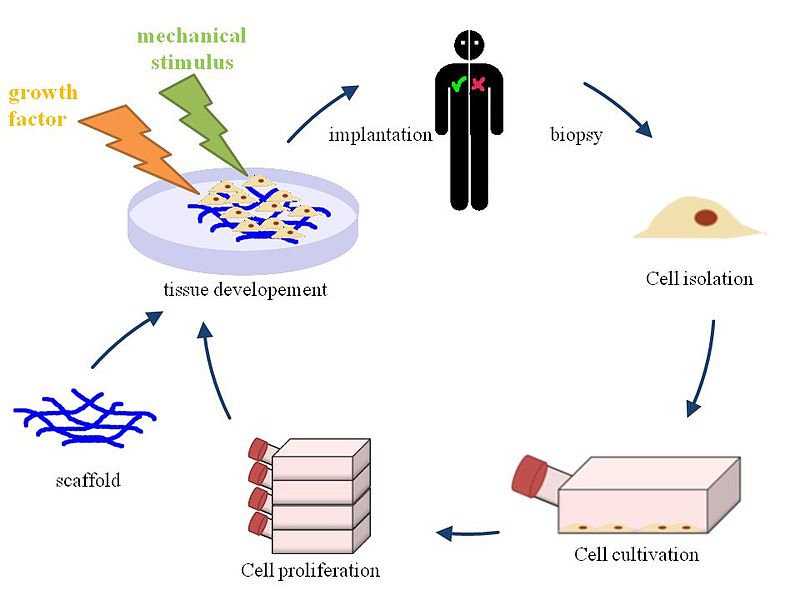What is the difference between cell and tissue?
Both the cells and tissues help in the formation of a living organism. There are different types of cells and tissues performing the different functions in an organism.
The lesson provides detailed insight into the core difference between cell and tissue with a comparison table. Let’s find out:

What Is A Cell?
A cell is the smallest and functional unit of life. They are microscopic in nature and were discovered in the year 1665 by Robert Hooke.
Some organisms are unicellular while others are multicellular. Unicellular organisms are those whose growth, development, and reproduction are carried out by a single cell.
Cell normally develops during cell division of either mitosis or meiosis. A cell comprises of the cell membrane, cytoskeleton, genetic material, and organelles.
Read through my article about prokaryotic cells and eukaryotic cells for further insight concerning the cells. Example of cells is sperm cells and ovum.
What Is A Tissue?
A tissue is made up of specialized cells in the body that perform unique functions. The structure and functionality of the tissue are similar to that of a cell.
Tissues are only present in multicellular animals and plants. A plasma membrane helps to keep different tissues as a unit.
Examples of animal tissues are epithelial, connective, muscle, and nervous tissue while those of plants are epidermis, vascular tissues, and ground tissues.
Comparison Chart: Cell vs Tissue
| Basic Terms | Cell | Tissue |
| Meaning | The smallest unit of life | Group of specialized cells performing unique functions. |
| Unicellular/Multicellular Organisms | Both unicellular and multicellular | Only multicellular |
| Components | The cell membrane, genetic material, cytoskeleton, and organelles | All types of specialized cells. |
| Types | Eukaryotic cells and prokaryotic cells | Nerve tissue, muscular tissue, epithelial tissue, connective tissue, vascular tissue, and adipose tissue |
| Developmental Process | Mitosis and meiosis | Undifferentiated cells. |
| Size | Microscopic | Macroscopic |
| Functions | Enhance growth, development, metabolism, and reproduction | Carry out unique function in the body |
| Significance | Collection of similar cells result in a tissue | Collection of different tissues result in organs |
Core Difference Between Cell and Tissue
- A cell can be found in both unicellular and multicellular while tissue only in multicellular.
- A cell enhances growth, metabolism, and reproduction while a tissue enhances unique functions in the body.
- A cell develops from mitosis and meiosis while tissue from repair through regeneration and fibrosis.
- A cell as two types such as Eukaryotic cells and prokaryotic cells while a tissue has four types such as epithelial tissue, connective tissue, muscular tissue, and nervous tissue.
- A cell is the smallest unit of life while the tissue is a collection of specialized cells that perform a unique function.
- A cell is microscopic while the tissue is macroscopic
You May Also Like:
- Difference between Cell Wall and Cell Membrane
- Difference between Centromere and Kinetochore
- Difference between Cytosol and Cytoplasm
Comparison Video
Conclusion
These two cellular organization in a multicellular organism play a vital role in their existence. The core difference between cell and tissue is that a cell is the smallest unit of life while the tissue is a collection of specialized cells that perform a unique function.
More Sources and References
- Cell, Tissue, Organs, and Organ System. Khan Academy
- Tissue (Biology). Wikipedia